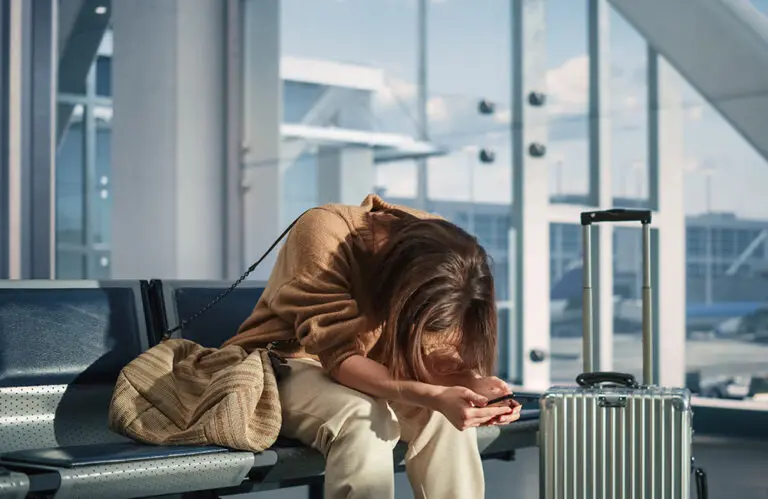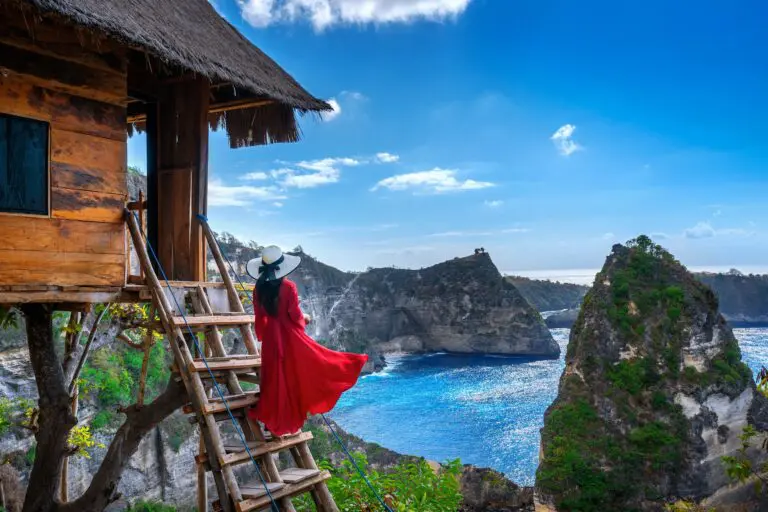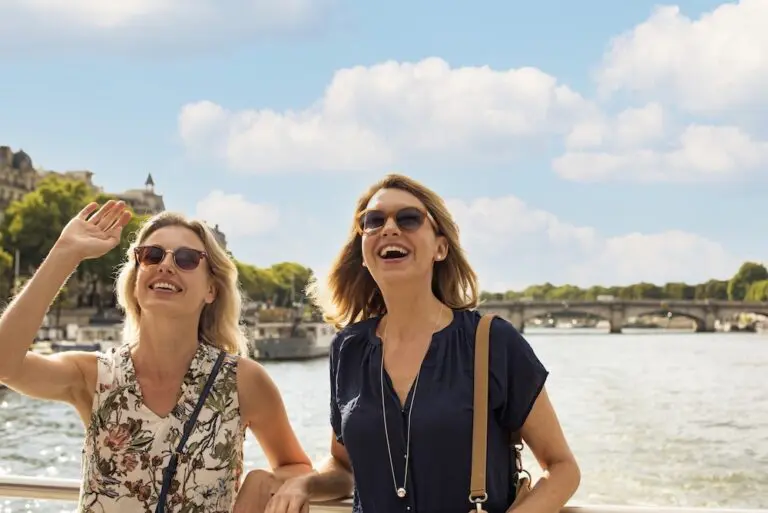One of the biggest changes to expedition cruising is how mainstream the sector has become in recent years, according to Greg Mortimer, who says this popularity has changed the dynamics of the industry.
In a Q&A with KARRYON, Greg Mortimer, adventurer and Co-Founder of Aurora Expeditions, said there are more lines, particularly larger companies, focusing on expedition cruising than ever before, especially in the polar regions.
He said this increased attention has led to a polarisation of the sector, giving travellers more choice and experiences.
“The difference between the smaller ship experience like Aurora Expeditions’ and the bigger ship experience has become starker.”
Greg Mortimer, Aurora Expeditions Co-Founder
Read on for more on our chat with Greg:
Not long now until Aurora Expeditions’ next ship – the Greg Mortimer – launches, when did you find out the line was planning to name a ship after you & what was your reaction?
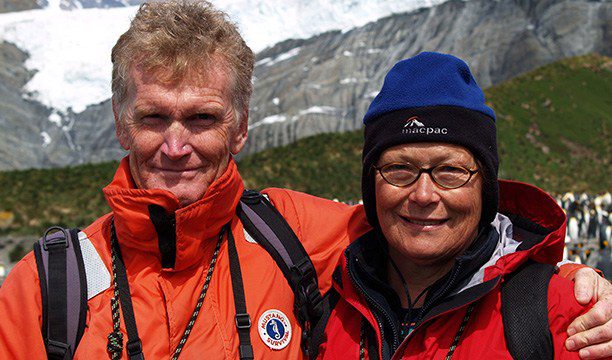
About 18 months ago I started giving advice to Aurora about the design of the ship, then over lunch one day they said they had this idea to name it after me.
My immediate response was ‘no way!’ I felt the burden was too much to bear. They suggested I think about it for a while.
My wife Margaret ended up talking me into it because it was an honour and a really nice symbol of all we worked for with Aurora, and what we were trying to do with the company as a whole. It was a way of keeping that alive.
Of all the vessels to have named after you, why are you most proud that it’s this one?
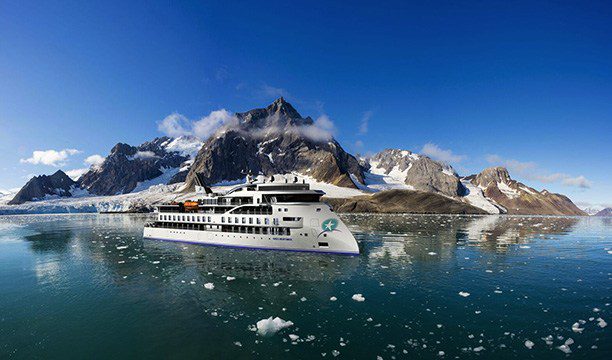
I am most proud because it’s such an innovative ship, a radical vessel and the first of its kind in the world. The ship is deliberately designed to be fit for purpose – travelling to really wild places in comfort.
We are the only expedition cruise operator to have utilised X-Bow technology; an inverted bow design that enables the ship to pierce through waves rather than travelling over them. It makes the ship significantly more fuel-efficient, and should drastically improve stability and comfort when navigating heavy seas.
Which features can we expect to be selected by Greg Mortimer on the Greg Mortimer?
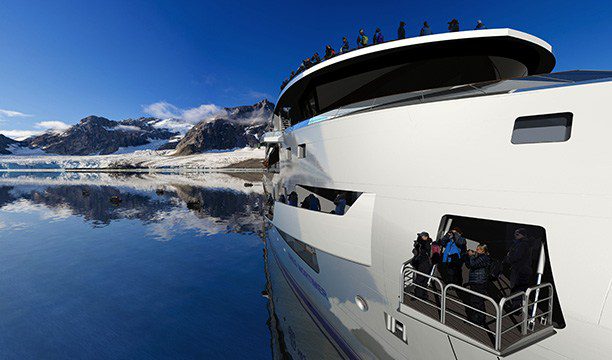
I find it hard to gauge because it was such a team effort, there were so many people thinking about the ship’s design aspects from different perspectives – from the hardcore naval architect side to the functionality side.
The latter is the most exciting because we could pull more than 20 years’ experience from myself and all the other expedition guides into the design. We had a blank slate, and that was an extraordinary position to be in.
What else do you think travellers will love about the Greg Mortimer?
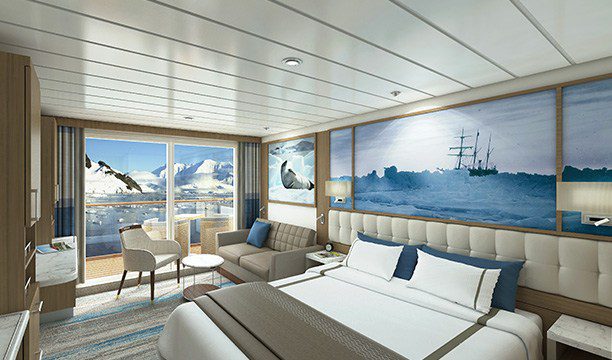
The ship is exceptionally comfortable. It’s homey but sophisticated, warm, and the tones and texture of the interiors are really pleasing. I think that’s going to be an unexpected delight.
Also, the use of enormous sheets of glass across the ship really brings the outside in, connecting people to the destination and the icebergs wherever they are on the ship.
We are also very optimistic about the flow of the ship, how people enter, exit and move through the ship; it’s seamless and efficient.
Aside from Antarctica, which destinations would you like to cruise to with the Greg Mortimer & why?
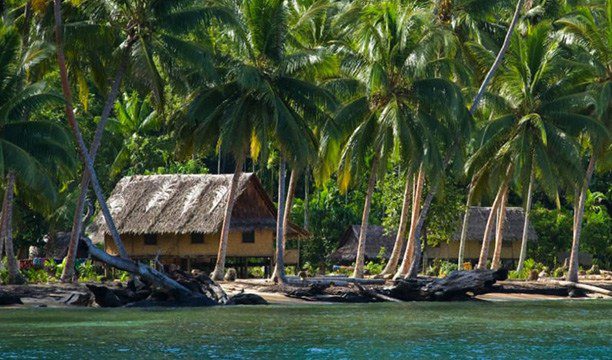
Apart from the Polar regions, I have a keen interest in sailing to wild and remote parts of the planet like New Guinea and the islands of the Indian Ocean. They are both on our doorstep and we don’t know much about them, so there is fantastic potential there.
The Skeleton Coast in Namibia is also a mysterious and fascinating place.
Your history in expedition cruising is beyond extensive, what are some changes you’ve seen in the sector over the years?
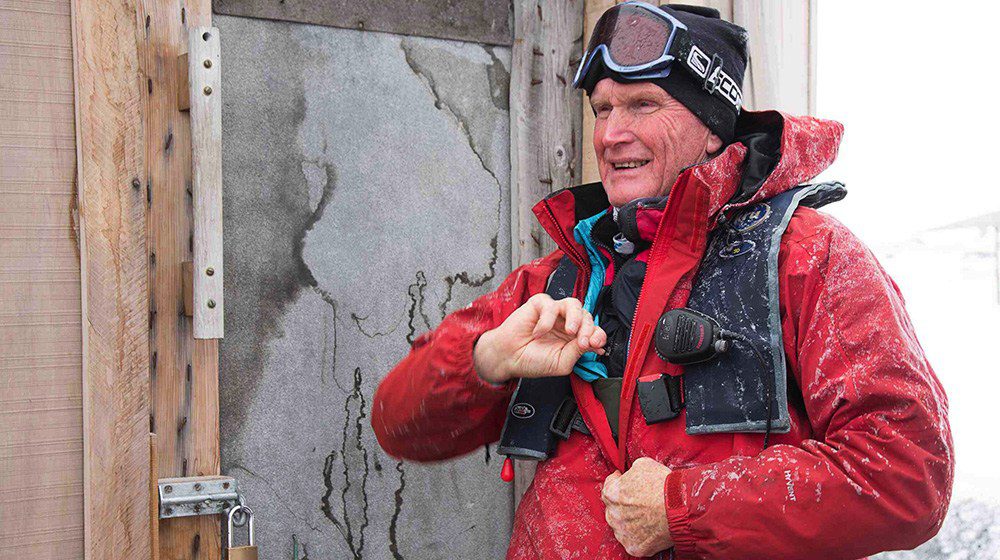
The biggest change is that expedition cruising has become more mainstream, and the larger companies have focused on the Polar regions in particular, which has changed the dynamics of the industry.
It has also polarised the sector, as the difference between the smaller ship experience like Aurora Expeditions’ and the bigger ship experience has become starker.
You’re also one of the first Aussies to climb Mt Everest, Annapurna & several other challenging peaks – what would you say the cruising alternative to these peaks would be?

The Ross Sea in Antarctica, Franz Josef Land in the Arctic and the South Sandwich Islands off South Georgia.
Travelling to each of these places is a serious undertaking; detailed planning and great care are needed. It’s not that they’re dangerous, they just need the same application to planning that climbing a big mountain does. There are many big forces of nature at work in these places which makes them particularly fascinating.
Looking at Aurora’s competitors, what are some of them doing that you’ve been most impressed by?
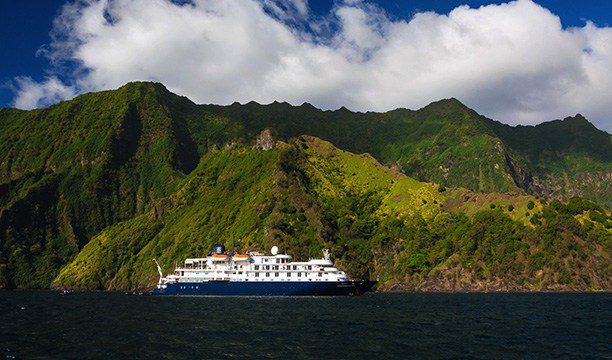
Image: Zegrahm Expeditions/Facebook
I am very impressed with what Seattle-based expedition company Zegrahm Expeditions is doing.
They have always been very sophisticated and detailed in their approach and planning. They have a high education standard and know the best wildlife places in the world. Also, the serious approach to environmental stewardship of Hurtigruten is worthy of great respect.
Click here to read more about Aurora Expeditions’ next ship.


